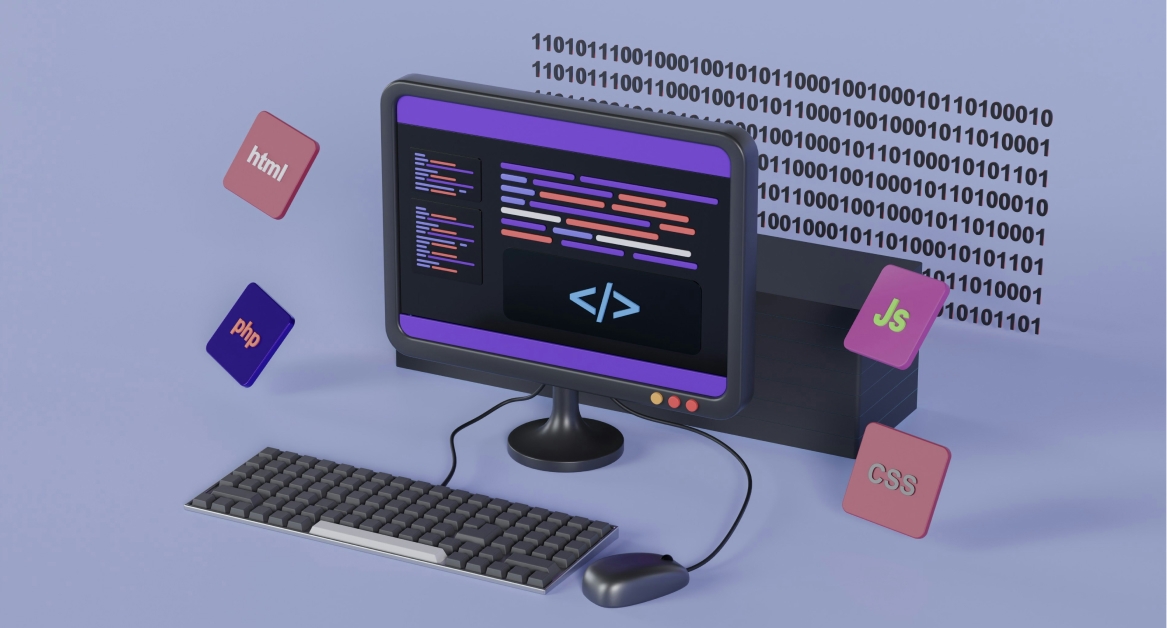Disabling antivirus software might sound risky—and in many cases, it is. But sometimes, it’s necessary.
Whatever the reason, turning off antivirus protection shouldn’t be your first instinct. There are real threats out there—malware, spyware, ransomware—and you don’t want to leave your system exposed longer than necessary.
Stay tuned as we walk you through how to disable antivirus on both Windows and macOS, what you should do beforehand, and smarter alternatives.
Precautions before disabling antivirus
Disabling your antivirus might solve a short-term issue, but it can open the door to long-term problems. Before you take that step, refer to this precaution checklist:

Understand the risks
Antivirus software exists for a reason—it protects your devices from malware, spyware, ransomware, and other AI-powered cyber threats.
When you disable it, you leave the door open for malicious software to sneak in unnoticed. Even a few minutes of unprotected browsing can expose your system to threats.
Use a temporary approach
Most antivirus programs let you turn off protection temporarily. This is always a better choice than disabling it entirely. A temporary pause gives you room to install a program or run a diagnostic—without forgetting to turn your protection back on later.
Disconnect from the internet
If you must disable your antivirus, disconnect your device from the internet first. This prevents external threats from reaching your system while you’re unprotected. No downloads, no suspicious links—just you and the task at hand.
Avoid third-party downloads during downtime
Disabling antivirus protection while installing or testing unknown third-party software? Think twice. Many third-party antivirus apps or party software downloads claim to offer “free antivirus” or “malware protection” but may come bundled with harmful code.
If you’re not absolutely sure about the source, wait until protection is active again.
Create a system backup
Unexpected things happen when antivirus protection is off. Before making changes, back up your important files. This way, if anything goes wrong—like an unexpected malware infection—you’ll be able to recover your system and data.
Know your way back
Make sure you understand how to turn the antivirus back on. If you’re using a third-party antivirus program, bookmark their official support page or help guide. Restoring protection quickly is just as important as disabling it safely.
How to disable antivirus on Windows
Whether you’re using the built-in Windows Defender or a third-party antivirus program, disabling it can be straightforward—but only if you know what you’re doing. Here’s how to go about it the right way.
Turn off Microsoft Defender Antivirus (Windows Security)
Microsoft Defender, previously known as Windows Defender, is the built-in antivirus solution for Windows 10 and 11. Disabling it is relatively easy, but it will automatically turn back on after a while. Here’s how to temporarily disable real-time protection:
- Click the Start button and type Windows Security, then hit Enter
- In the dashboard, click Virus & threat protection
- Under Virus & threat protection settings, click Manage settings
- Toggle Real-time protection to Off
That’s it. Windows will warn you that your system is vulnerable—because it is. Make sure to turn it back on as soon as you finish your task.
Disable third-party antivirus programs
Using software like Norton, Bitdefender, McAfee, or another party antivirus? The steps vary slightly between programs, but the general flow is similar:
- Locate the antivirus icon in the system tray (usually at the bottom-right corner of the screen)
- Right-click the icon to open a context menu
- Look for options like disable, pause protection, or turn off antivirus
- Choose a timeframe: options typically include 15 minutes, 1 hour, until restart, or permanently
- Confirm your choice if prompted
Some security software may also require administrative access. If you’re asked for a password or confirmation, make sure you have the necessary permissions to proceed.
Remember to re-enable it
Once your installation or test is complete, go back and reactivate your antivirus protection. If you forget, many antivirus programs will send you reminders—but it’s best not to rely on that. Your device is safest when real-time protection is active.
How to disable antivirus on MacOS
macOS is often praised for its built-in security, but many users and businesses still rely on third-party antivirus programs for extra protection. If you need to temporarily turn yours off, here’s how to do it safely.
What about built-in macOS protection?
Before jumping into disabling anything, it’s worth knowing that macOS includes native security layers like:
- XProtect: Apple’s silent malware scanner that checks downloaded files against known threats
- Gatekeeper: Prevents unsigned or suspicious apps from running
- System Integrity Protection (SIP): Protects core system files from being modified
These are not designed to be user-disabled unless you’re doing advanced troubleshooting. And in most cases, you won’t need to turn them off.
Disabling third-party antivirus apps on macOS
If you’ve installed antivirus programs like Avast, Norton, Bitdefender, or Sophos, here’s how to disable them:
- Open the antivirus application via the Applications folder or menu bar icon
- Look for the Preferences or Settings option
- Navigate to Real-Time Protection, Shield, or Active Scanning settings
- Toggle the protection Off or choose Disable until restart
- Some apps will ask you to enter your admin password or provide confirmation
Each app’s layout is slightly different, but they all typically include an option to pause protection.
Check the menu bar icon
Many antivirus apps run quietly in the background, showing only an icon in the macOS menu bar. If you don’t see a clear way to disable protection within the main app:
- Right-click or Control-click the menu bar icon
- Select a pause or disable option
- Confirm any security prompts
Remember, turning off your antivirus means your system is open to potential threats—even on macOS. Disable it only if you trust what you’re installing or troubleshooting.
Restart your device (if required)
Some antivirus software may not fully disable until you restart your Mac. If you’ve disabled protections but things still seem active, try a quick reboot. Then check the app’s status again.
Alternatives to disabling antivirus
If your antivirus program is getting in the way of a task—say, installing a software update or running a development tool—it might seem easier to just shut it off. But before you go that route, consider these smarter and safer options.
Add exceptions or exclusions
Most antivirus programs let you whitelist specific files, folders, or apps. This tells the software, “Hey, this is safe—don’t scan it.”
Instead of disabling your antivirus entirely, add the item you’re working with to the exceptions list:
- Open your antivirus app
- Look for a section like Exceptions, Exclusions, or Allowed threats
- Browse to the file or folder you want to exclude
- Save your changes
This way, your antivirus protection stays on, while ignoring just the one file you’re confident about.
Switch to passive mode
Some antivirus software includes a passive mode or silent mode. In this state, the antivirus doesn’t interfere with installs or scans, but still monitors for threats in the background. This is especially useful when running certain types of applications or development environments.
Check your antivirus settings to see if this feature is available.
Update your antivirus software
False positives are common with outdated antivirus programs. If your antivirus is flagging legitimate software, make sure it’s up to date. Most modern antivirus solutions update automatically, but it’s still worth checking:
- Open your antivirus dashboard
- Look for a Check for updates or Update button
- Apply any pending updates
This can reduce unnecessary blocks and improve overall malware protection.
Use a different antivirus program
Not all top antivirus programs are built the same. Some are more aggressive, while others offer better customization. If your current setup is causing constant headaches, it might be time to try a new one.
You can look into independent test results from sources like AV-TEST or AV-Comparatives to find the best antivirus software for your needs. Some security software is lightweight and flexible, while others are packed with enterprise-grade features—choose one that matches your workflow.
Consider endpoint detection and response (EDR)
If you’re managing devices for a team or business, switching from basic antivirus protection to an EDR solution might be the better move. EDR vs antivirus isn’t just about detection—it’s about response, too.
While traditional antivirus software focuses on known threats, EDR tools:
- Detect suspicious behavior in real time
- Offer centralized dashboards for multiple devices
- Provide tools for rapid threat containment and analysis
For growing teams and distributed workforces, EDR offers better visibility and control compared to individual antivirus apps.
Consult support before turning anything off
If you’re disabling antivirus because of a specific issue with an application or system error, don’t go it alone. Check the official support site of the software you’re installing—or contact the vendor.
They may offer a configuration tip or patch that resolves the conflict without compromising your antivirus protection.
Disable antivirus safely—without compromising your security
Disabling your antivirus should never be your first move. It’s a temporary fix for a specific need—not a long-term strategy. Whether you’re installing trusted software or troubleshooting device conflicts, there are safer ways to go about it.
That’s all. Happy and safe browsing!







